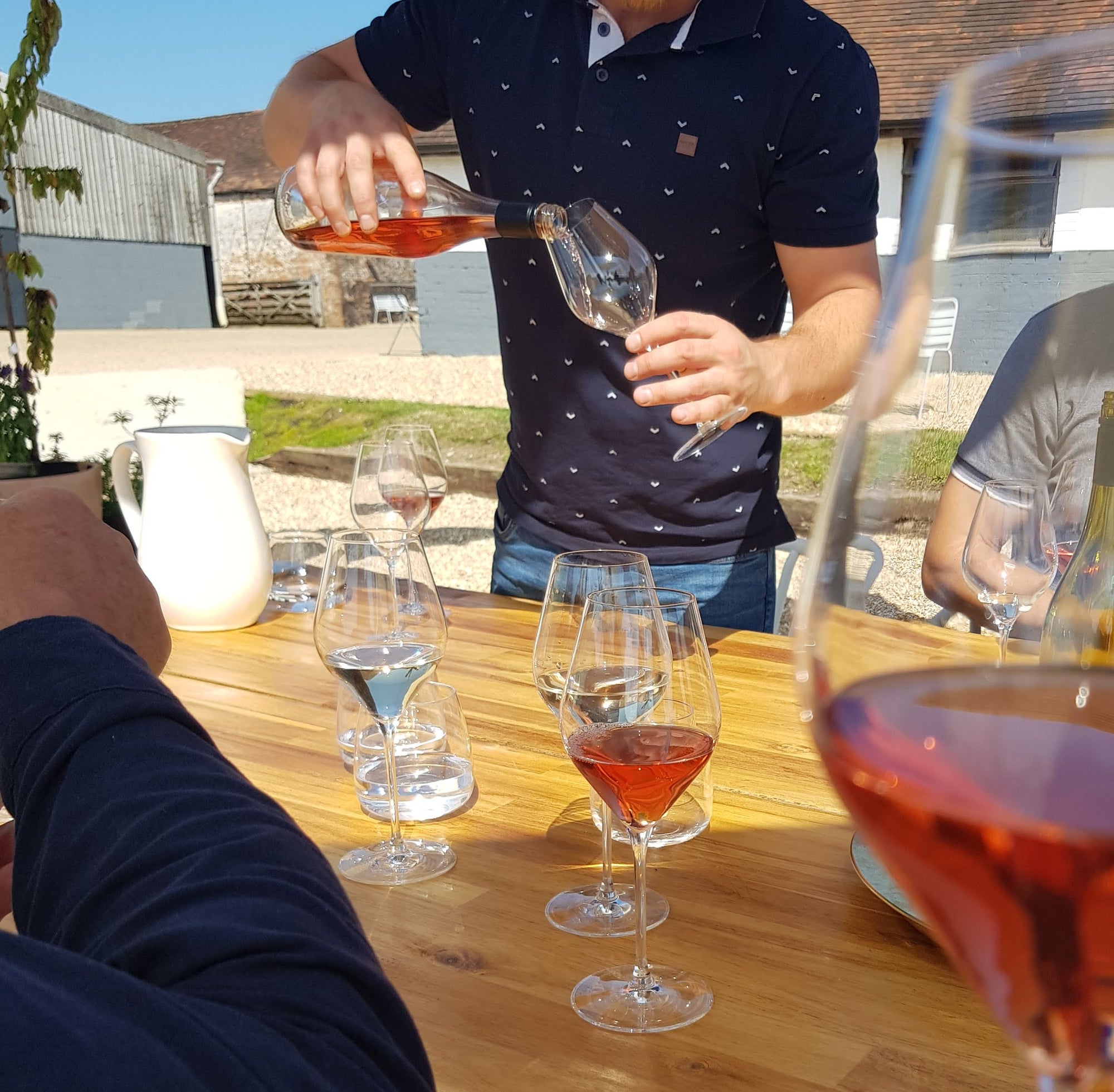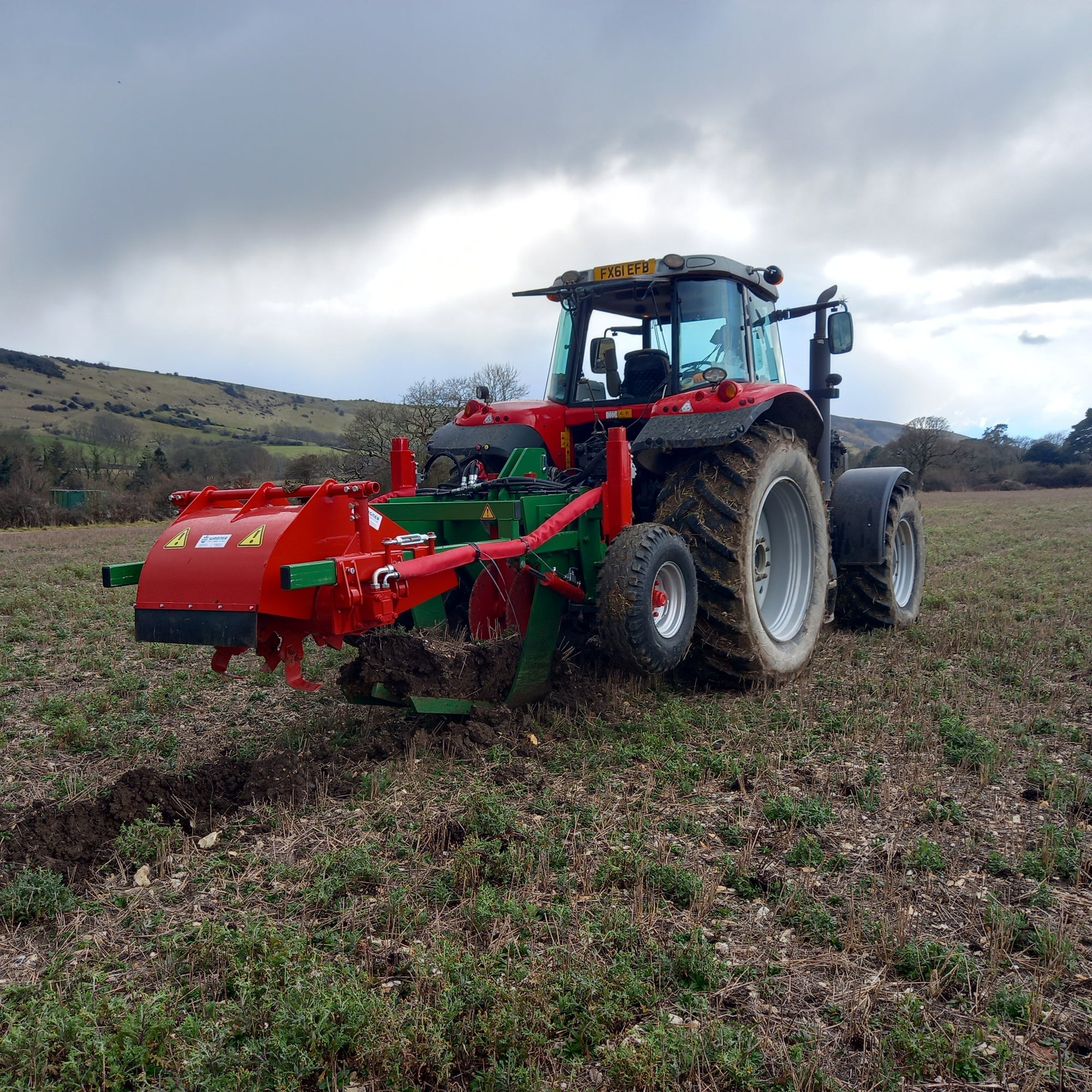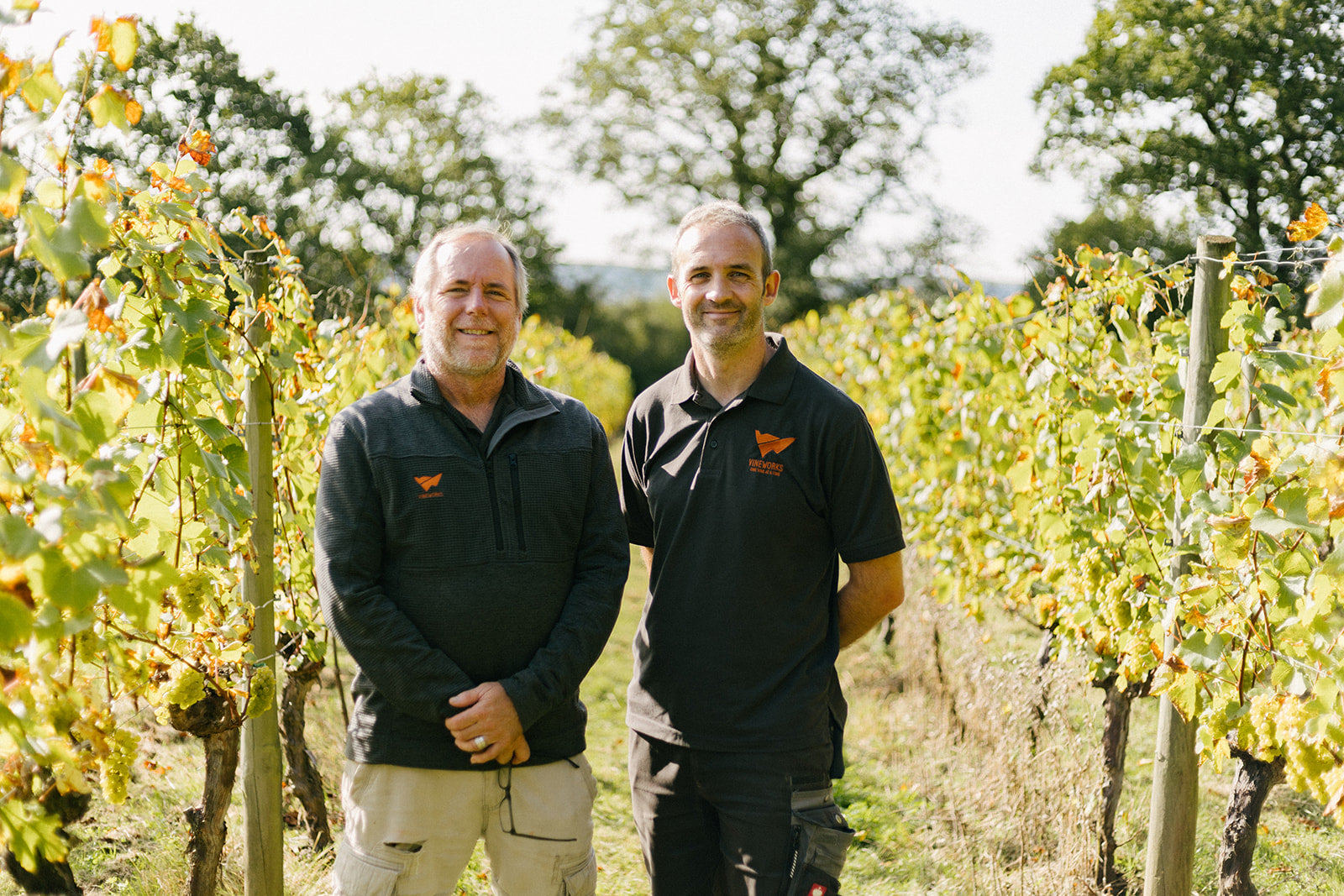

IS YOUR VINEYARD VISITOR FRIENDLY?
Before your first vines are planted, there are myriads of items already on your checklist from site analysis, cultivar selection, frost/wind protection to soil preparation, nutrient balance and access considerations. However, it is vital to also include a plan for your long-term aims: do you wish to host tastings, conduct vineyard tours or sell your wine through a cellar door?
The World Tourism Organisation defines tourism as:
“A social, cultural and economic phenomenon which entails the movement of people to countries or places outside their usual environment for personal or business/professional purposes.”
Visitors seek meaningful experiences which authentically connect them with the brand/their surroundings. Positive memorable experiences help to strengthen your brand and generate beneficial word-of-mouth advertising whilst attracting new visitors and more importantly, returning ones. It is incredibly useful to consider the following scenarios at the very beginning of your viticultural journey, however it is never too late to make improvements if your vineyard/winery is already receiving visitors.
There are five overarching categories associated with any attraction being visitor friendly:
◆ Wayfinding and signage
◆ Visitor information
◆ Overall ambience/visual appeal
◆ Services and amenities
◆ Quality of service and professionalism
In order to capitalize on your venture, you need to put yourself in the position of a visitor. Firstly, who is your target audience? What is their age bracket, how far have they travelled, what exactly are they coming to see/ do? Assessing your site and brand as a whole, (vineyard, winery, cellar door, online presence etc) through the eyes of your visitors is the best way to highlight opportunities and any areas for improvement. A good tip for doing this practically is to take photographs. We often become so accustomed to our surroundings that we stop noticing the details; photographs are a great way to view things in a neutral manner.
At the very beginning of your journey, it can be difficult to visualize your end goal and your plans will naturally adapt with the process. Therefore, it’s easiest to start by thinking of your brand as a general attraction before focusing on the viticultural specifics. All visitor attractions, (museums, galleries, garden centres etc) require a basic combination of services to allow visitors to enjoy themselves: sufficient and well-maintained parking areas, regularly cleaned toilet facilities and regularly emptied bins. Accessibility options, including ramps and/or lifts as well as appropriate lighting, (especially during winter).
Additional universal considerations include links with public transport, a café and a gift shop. Information is key; provide your visitors with details of where to eat and stay locally, give them maps of walking routes and allow them free wi-fi access. If dogs are permitted, ensure there are plenty of dog bins and mark their locations on your site map. Install regular signs asking visitors to keep their dogs on leads if required and consider putting out a bowl of drinking water for your four-legged visitors.
From a working viticultural perspective, it is important to have clear, obvious signage relating to moving vehicles, (including forklifts and tractors) warnings about spraying and restricted access areas. You’ll need to decide exactly where you’re happy for members of the public to walk, both through the vineyard and to view the winery, so that they don’t impede actual working practices. Where will you keep your machinery, where will you receive commercial deliveries and most importantly, where will your staff toilets and break room be? Access for large commercial vehicles is a priority from the beginning in order to physically receive your vineyard trellising materials and equipment, but do you want this to be the same access point for your visitors and potential coach groups?
If all of the above is not enough food for thought, it is worth considering how you can diversify your brand’s offering and collaborate with other industries/events. Examples include holding wildlife walks, art exhibitions and mindfulness classes through to hosting weddings, corporate events and outdoor cinema evenings. The opportunities and possibilities are limitless and the beauty of vineyards and wine is that they can enhance many other events.
Why is it so important to consider all of these tourism options from the very beginning when you really want to focus your excitement on the plants themselves? The ultimate aim is to sell your wine and for the UK wine industry to continue to grow, we need more and more visitors to buy English wine again and again. The more wine being sold, the more vineyards thrive!



